First Responders and Their Mental Health: What We Know
While first responders dedicate their lives to caring for the community; are we, as a community, looking out for the well-being of these invaluable individuals?
First responders are more likely to die by suicide than in the line of duty. But, according to the CDC, "even given the high number of suicides, these deaths among first responders are likely unreported". First responders are the front line and maintain the safety of our communities. They are tasked with challenging and oftentimes dangerous roles as they juggle managing people's wellbeing, consoling family and friends, and maintaining a level of safety while they are in the field. While first responders dedicate their lives to caring for the community; are we, as a community, looking out for the well-being of these invaluable individuals?
The first topic of discussion is the phenomenon of burnout. Burnout is a state of chronic physical and emotional exhaustion that results from prolonged exposure to high levels of stress, particularly in the workplace or caregiving roles. It is characterized by a sense of overwhelming fatigue, cynicism, and a diminished sense of personal accomplishment. Burnout can occur when individuals feel overwhelmed, emotionally drained, and depleted due to excessive work demands, long hours, and an imbalance between job demands and available resources. Lack of resources and personnel is a very common problem found in all emergency services. The lack of personnel leads to workers being over scheduled and reduces the ability for responders to take crucial time off to decompress from the stressful job. The lack of resources can lead to a variety of issues and can create a potentially deadly situation. Given the high stress nature of the job, first responders are no strangers to burnout. Some studies suggest the average time until a first responder feels burnout is 5-7 years. A few other studies suggest the average is around 10-15 years. Let's further examine some of the specific hardships first responders face, and what the impact is.
The first risk is physical danger. First responders often find themselves in high-risk situations where their lives are at stake. They encounter hazardous environments, fires, collapsing structures, violence, and severe weather conditions. They put themselves in harm's way to save others, risking injury or even death. This leads into the second burden: traumatic experiences. First responders frequently witness distressing and traumatic incidents. These experiences can lead to conditions like post-traumatic stress disorder (PTSD), anxiety, depression, and other mental health issues.
The emotional toll is often the part that is overlooked. Witnessing human suffering can take a significant emotional toll on a person and is not so easily forgotten. When a traumatic memory is revisited, it is very common for the physical side effects such as rapid heartbeat, sweating, and an overall feeling of helplessness, to return as well, even though the current situation does not call for it. This is the case for individuals suffering from PTSD. As more memories or traumatic experiences are experienced, this effect compounds. Unless you have first-hand experience of a traumatic event like this, it is hard to understand the severity of it and how it affects your mental health.
We need to be doing better for the ones who are doing their best for us. There is still a stigma around mental health in our society. Even though we’ve made great strides in advancing mental health services, more can be done. Statistics show that first responders are 5x more likely to develop PTSD and depression.
Many first responders find support to help manage the challenges, and continue their careers for extended periods. We should be encouraging and offering this support. Recognizing the signs of deteriorating mental health, acknowledging the seriousness of it, implementing strategies for self-care, and providing support systems within the first responder community are crucial. By addressing the hardships faced by first responders and promoting their well-being, we can help be a part of the solution.
Let’s talk about it. Let’s treat it.
By: Tanner Mjelde, Certified Hyperbaric Technician
